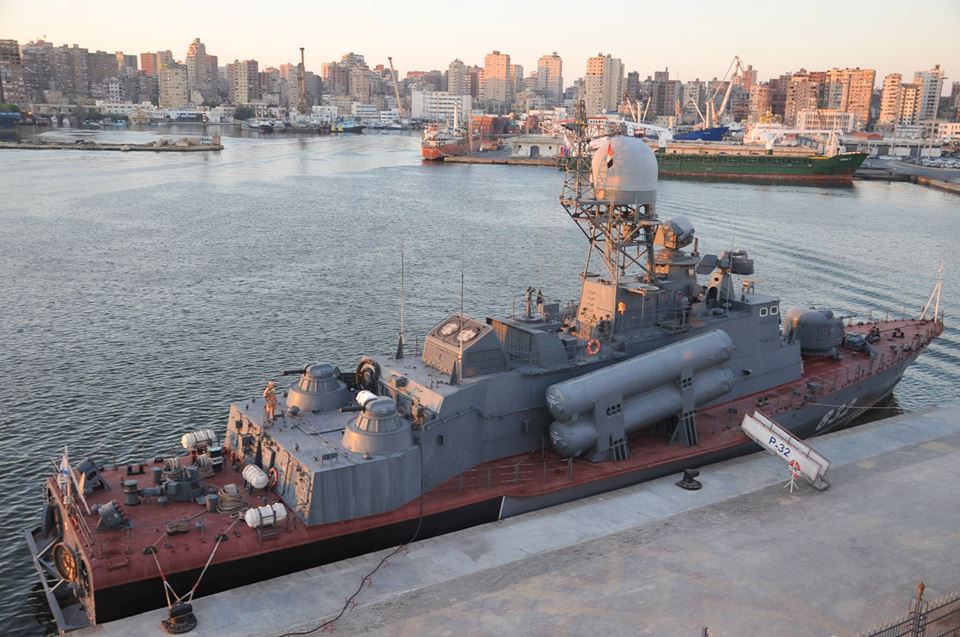 Russia has handed Egypt a Molniya missile ship that participated in the inauguration of the "New Suez Canal" earlier this month, the Egyptian armed forces announced on Saturday.
Russia has handed Egypt a Molniya missile ship that participated in the inauguration of the "New Suez Canal" earlier this month, the Egyptian armed forces announced on Saturday.
The ship is considered one of the "most advanced units in the Russian navy," Armed Forces Spokesman Mohamed Samir said in a statement published on Facebook.
The ship includes multiple armament systems, including surface to surface missile, considered to be one of the fastest among world navies, Samir said.
The ship also includes "warning and electronic war systems," which are a new addition to Egypt's navy, Samir said.
An Egyptian team will be sent to Russia for training on the ship and to receive it from Russia, to bring it to Egypt.
Egyptian-Russian ties have recently been cosy and the two countries have made agreements earlier this year to cooperate on nuclear and military matters.
Yet, Russia is not the only world power to provide Egypt with arms. Egypt has recieved multiple military boosts this year.
The British army provided 31 Egyptian army officers with two-week training exercises on the protection from improvised explosive devices, in June.
In June and July, the United States delivered two fast naval vessels and eight F-16 fighter jets, as part of American support to Egypt's "security and military efforts to confront terrorism," which is worth $1.3 billion.
On February 16, Egypt bought two dozen fighter jets, a multi-mission frigate and short and medium-range missiles, from French aircraft manufacturer Dassault Aviation.
The Egyptian government launched a project dubbed as the "New Suez Canal" on August 6.
It involved building a 35–kilometre-long canal parallel to the current Suez Canal, to minimise the amount of time ships spend crossing the canal. Additionally, the Suez Canal was made deeper and wider to admit larger ships.



